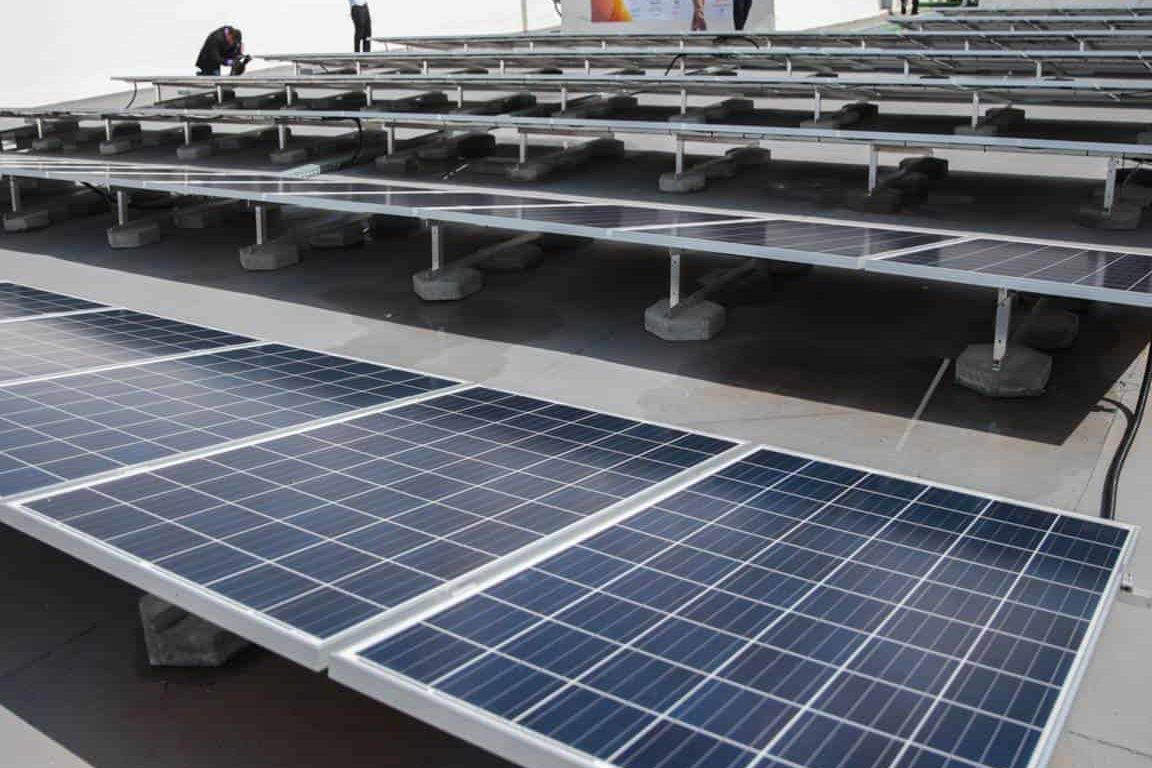9 October 2025
Authors: Phillipe Käfer, Rosaly Byrd and Gabriel Mathias
As Brazil prepares to host UNFCCC COP30 in November, the private sector is exploring ways to support its mandate. With the right knowledge and tools, local institutions can play a key role in scaling climate finance in the country. As such, CPI’s invite-only workshop Climate Finance in Brazil: Progress, Obstacles, and the Road Ahead, supported by iCS, brought together representatives from key financial institutions to understand how they can collaborate to accelerate climate finance investments in Brazil.
Brazil’s Climate Finance Gap and the Urgency of Blended Finance
International climate finance flows to Brazil have grown significantly in recent years, reaching USD 5.1 billion per year in 2021–2022, an 84% increase from the previous period. Still, this represents only a small share of Brazil’s GDP, while aligning the economy with the country’s 2050 net-zero targets will require much more intensive capital mobilization. This discrepancy highlights a structural gap: although funding is increasing, it remains far below what Brazil needs for a comprehensive energy and land-use transition. Moreover, most climate finance in Brazil has come from domestic sources, a sign of resilience and the growing maturity of national policies, institutions, and actors in certain sectors, but it also underscores the urgent need to attract international capital willing to assume higher risks in strategic areas, particularly land use. Definitive figures will be released in CPI’s forthcoming publication.
The challenge stems from well-known barriers: high perceived risks, a shortage of investment-ready projects, elevated transaction costs, and regulatory uncertainty. Without structural solutions, the market tends to concentrate in more mature sectors, such as solar and wind energy. At the same time, crucial areas, like low-carbon agriculture, bioeconomy, and restoration and conservation of native forests, remain underfunded. Blended finance emerges as a key response, combining concessional capital with de-risking tools to mobilize private investors in sectors still viewed as high-risk.
Innovations in Focus
In this context, the Global Innovation Lab for Climate Finance (the Lab) has played a central role in designing and testing financial instruments that reduce risk and attract investors. Three standout examples are the Responsible Commodities Facility (RCF), the Growth Next-Generation Agriculture (GAN), and the Green FIDC. All three were incubated by the Lab’s Brazil program, which provided technical support and helped connect them with global investors.
- RCF, by BV Rio, was developed using asset-backed securities specific to the agricultural sector (CRA) linked to deforestation-free supply chains, providing liquidity to producers while connecting them to sustainability-committed buyers. Pilot projects in deforestation-free soy have demonstrated private appetite, though they rely on 30-40% subordinated capital to dilute risk and meet banking standards.
- GAN serves as a vehicle to finance and scale the adoption of biological inputs, supported by robust monitoring, reporting, and verification (MRV) systems. It connects producers with industry and international buyers, fostering markets for low-carbon practices and increasing investor confidence in environmental performance.
- Green FIDC (Green Receivables Fund) adapts a well-established capital markets instrument in Brazil, the FIDC, to finance renewable energy and energy efficiency projects. Its innovation lies in allocating risk more efficiently across investors, enabling early-stage projects to receive concessional or subordinated support and later be refinanced by institutional investors once operational.
Unlocking Risks and Activating Capital Markets
Mitigating risks and expanding the role of capital markets in green finance requires financial education and product standardization. Brazil’s Sustainable Taxonomy and international standards are key tools for harmonizing expectations and reducing asymmetries.
Guarantees and insurance can boost the credibility of environmental assets and increase institutional investor appetite. These include parametric policies and risk-transfer instruments such as Insurance-Linked Securities (ILS) and the new Brazilian mechanism, Insurance Risk Letter (LRS). However, challenges such as taxation, information asymmetry, and low liquidity continue to raise costs. A proposed path involves pilots co-developed with insurers and local institutions to generate performance track records, followed by scaling through standardized issuance platforms.
From Debate to Final Lessons: Workshop Conclusions
The urgency of concrete solutions is clear, supported by evidence of what is already underway. Four key conclusions emerge:
- Build investable pipelines with clear monitoring and measurement standards, lowering transaction costs and uncertainties, highlighting the importance of project preparation facilities (PPFs).
- Expand guarantees and de-risking mechanisms, tailored to sector realities, to enhance the attractiveness of green assets in areas currently not satisfactorily attended.
- Enabling conditions to attract investments by creating secondary market liquidity, foreign exchange solutions, and tailoring the project to the type of funding, that the investor is more used to.
- Strengthen public–private partnerships by bringing more development banks to standardize processes for ease of access to concessional capital in blended finance structures.
These insights underscore that Brazil is at a decisive moment. The climate finance gap is large, but innovative instruments, like those developed within the Lab’s Brazil program, combined with an agenda of standardization and risk mitigation, can transform the market. With COP30 in Belém on the horizon, Brazil can showcase global leadership by aligning capital flows with its climate and biodiversity goals, proving that financial security and large-scale environmental impact can go hand in hand.



